Detroit: Become Human review – in pictures
David Cage’s back with another sci-fi story that, almost reluctantly at times, also happens to be a video game
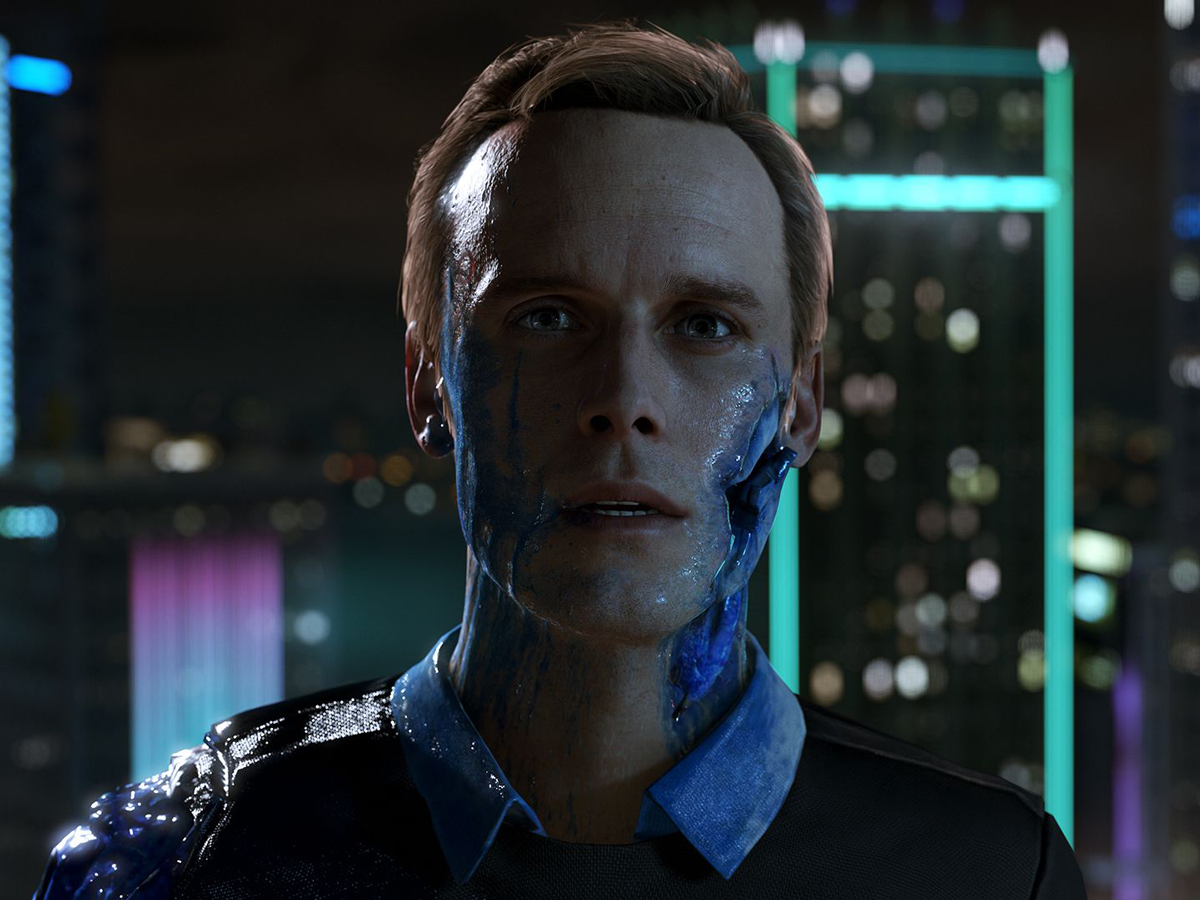
Detroit: Become Human review – in pictures
Progressing like a long interactive movie, Detroit: Become Human is mercifully broken into a series of brisk chapters. It’s your job to effectively direct these scenes, making the calls to cue the next line, move to a specific spot, or pick up a prop. But whether such a narrative-driven video game is as fun to play as it would’ve been to watch depends largely on the quality of the story, and unfortunately, Detroit feels like a rather cliched affair.
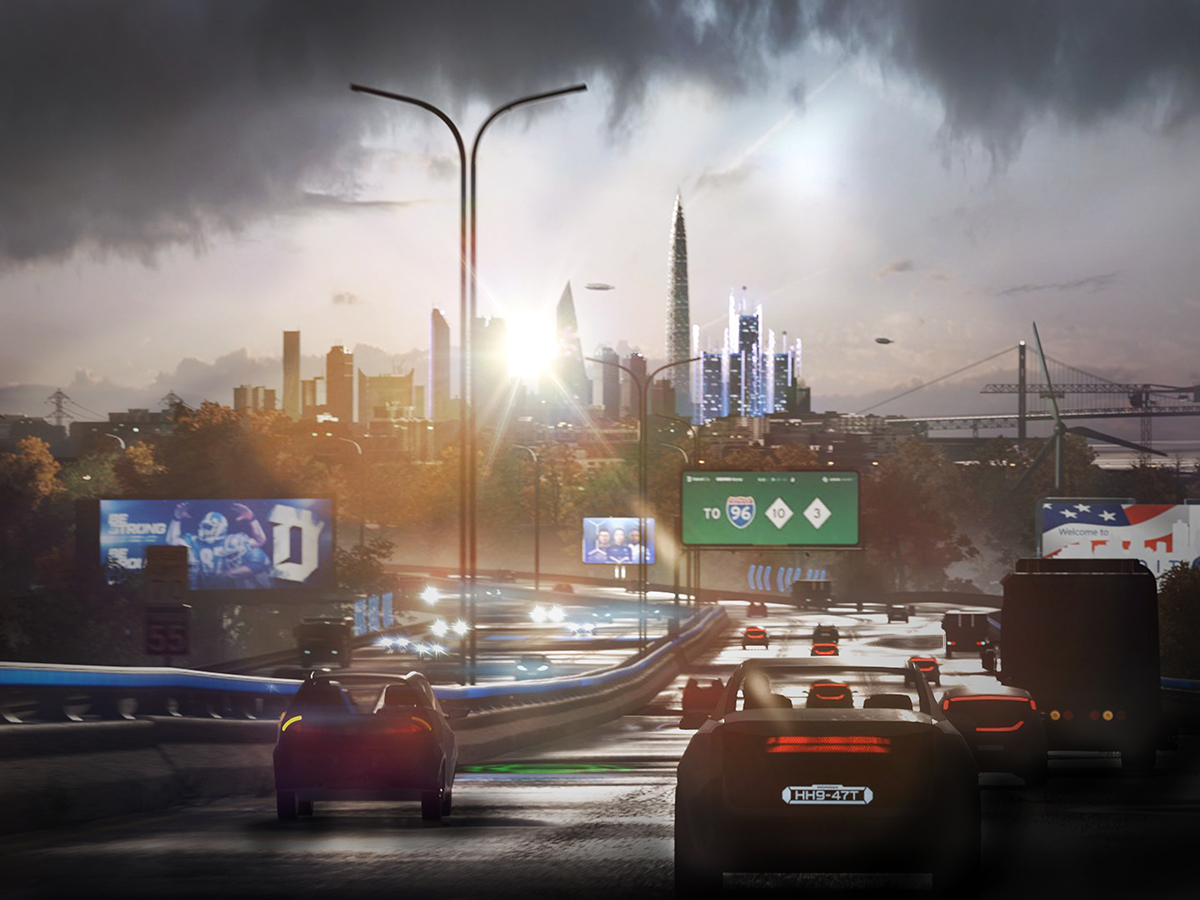
Out of control
Detroit’s scenes can play out with all manner of explosive confrontations, fists flying and guns blazing, but how these are prompted is more about the decisions you make, narratively, than your reaction time with the X button. The intent is to use the controls to loosely represent character movement, but they can seem unintuitive and don’t really challenge player dexterity across a control pad, even when it imposes a countdown on your choices. As a result, Detroit isn’t a particularly testing game, even when played on its “experienced” mode.
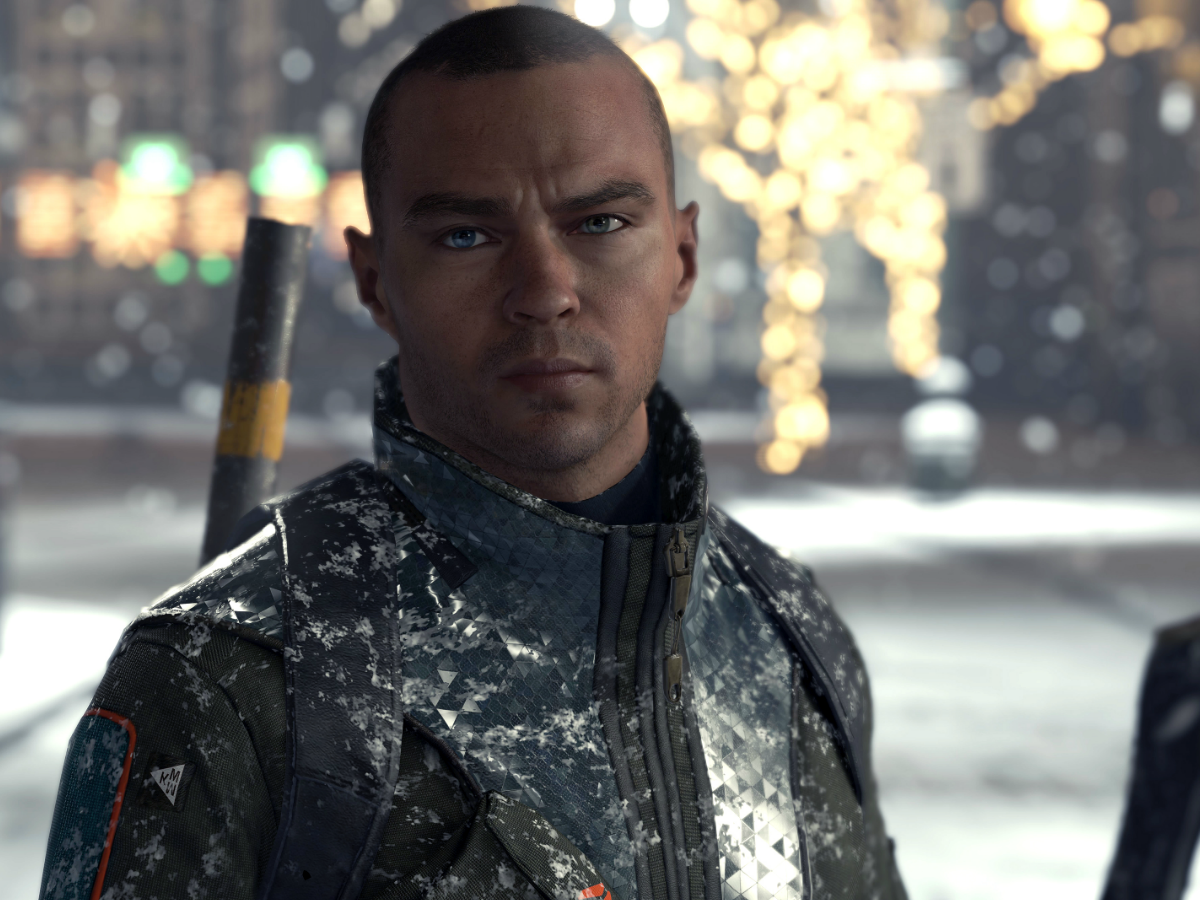
I, robot
The story is told through the eyes and actions of three protagonists, each of whom is a hyper-realistic robot rather than a flesh-and-blood human. Kara, seeking asylum in Canada, is protective of a child abused by her violent, drug-abusing father, while Markus is a prototype android who’s looking to lead the mechanical revolution at the core of the Detroit experience. Unfortunately his bland character somewhat dampens the experience.
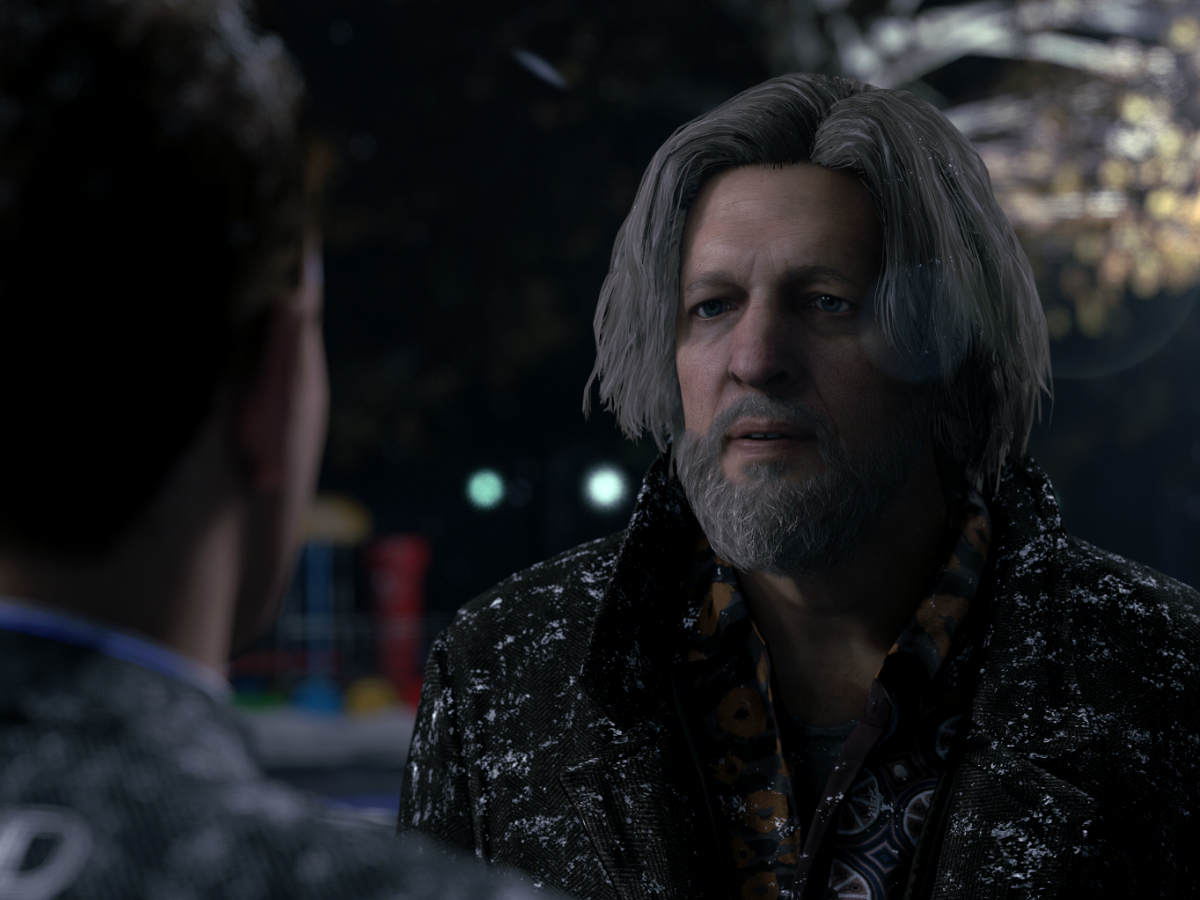
Double act
The police-assisting Connor is the stand-out controllable ‘droid. His odd-couple partnership with veteran police officer Hank – your traditional too-old-for-this, hard-drinking cop – delivers the game’s best writing, and even a few welcome laughs. Clancy Brown, best known as the quick-tempered prison guard Byron Hadley in The Shawshank Redemption, puts in a terrific shift as Hank, lending a good slug of his craft to a role that could have been hopelessly two-dimensional in less-experienced hands.
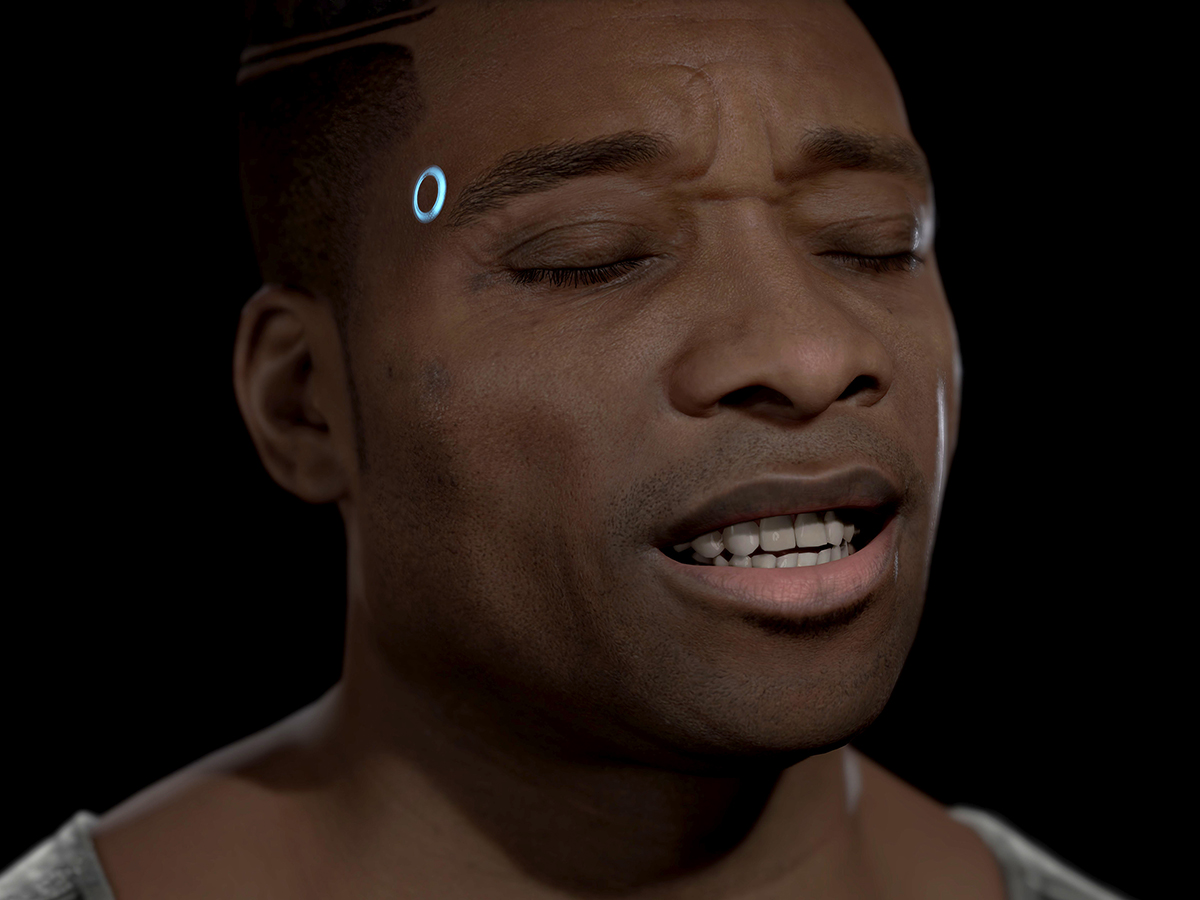
Robot wars
The story tells of a near-future America in which androids have entered the workforce, inevitably attracting the resentment of those they’ve made unemployed. From menial jobs to military frontlines and medical emergencies, they’ve bumped humans from the pecking order, and one of the first commotions we see in the game is a protest against their continued production.
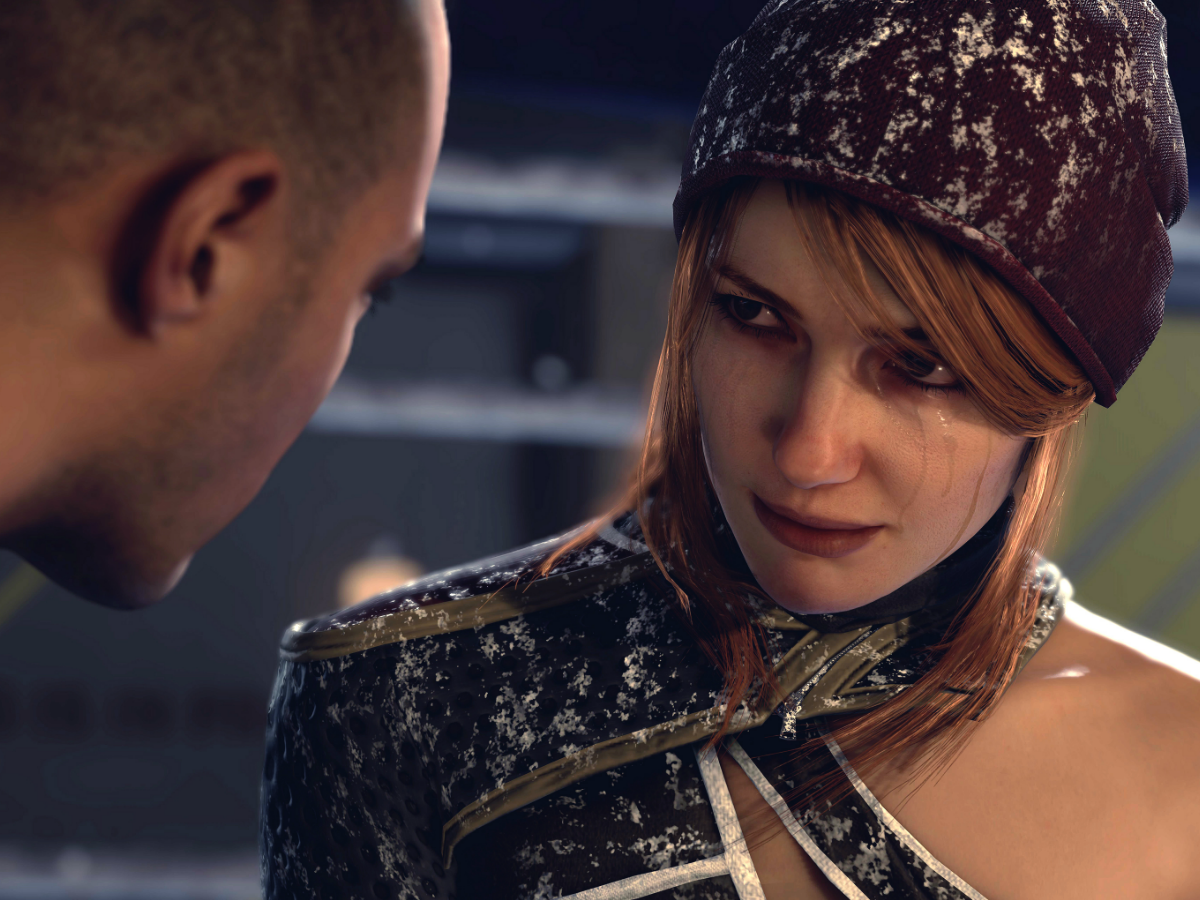
Dividing lines
Throughout, it’s not hard to see where fictional divisions between humans and robots end, and (rather on-the-nose) real-world metaphors concerning race and religion begin. Indeed, there are scenes in Detroit’s second half, particularly concerning Markus’s quest to free his people, that are clichéd and cloying enough to have you wondering where the fast-forward button is on your DualShock 4.
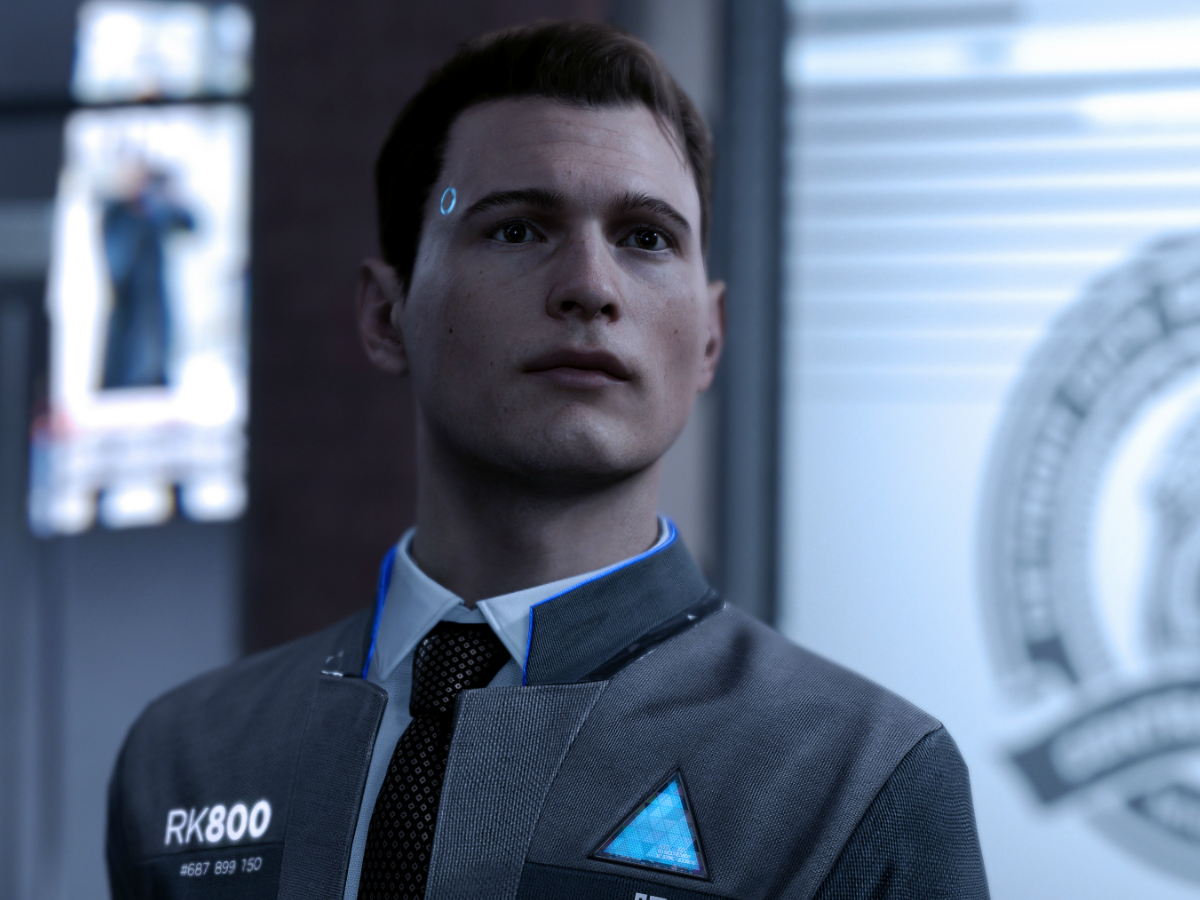
The blame game
The fact that this is a video game often gets in the way of the story’s momentum, causing pacing issues that smash apart the seriousness of the situations that certain characters find themselves in. Connor aside – who’s actually the most machine-like of all three protagonists – it’s hard to truly connect with Detroit’s heroes, going through as many predictable motions as they do to fulfil their own destinies.
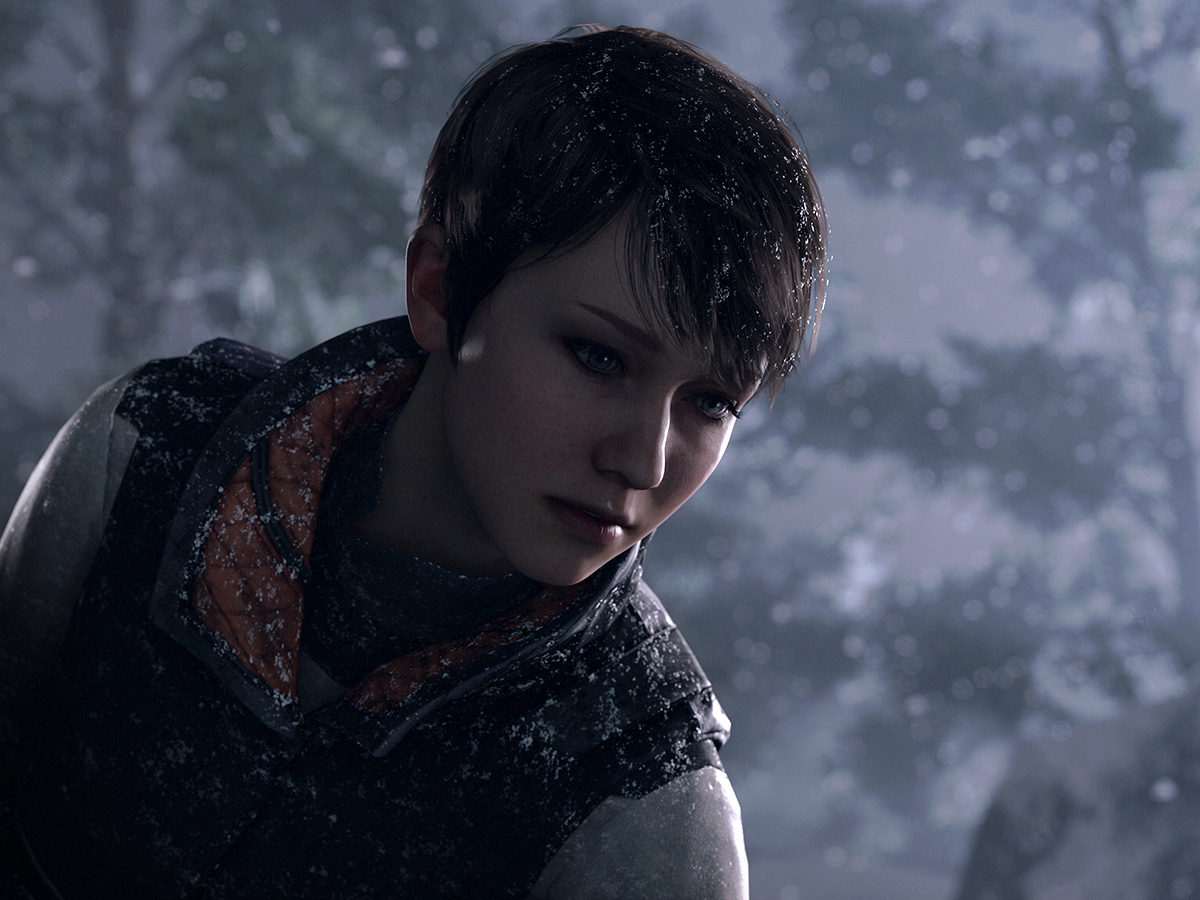
Commitment issues
In a movie, better yet a TV series, it’s possible to form favourites, and feel attached to their fates. Here, we skip from scene to scene, character to character, in such a skittery way as to nullify the impact of what we’ve just witnessed; and as such, on returning, we feel no great desire to steer them towards a certain fate. It’s more a case of pressing buttons until the scene stops, and if it ends well, so be it. If they die, they die. And besides, if Skynet means anything to you, you’ll probably want these independent contraptions to cease to function.
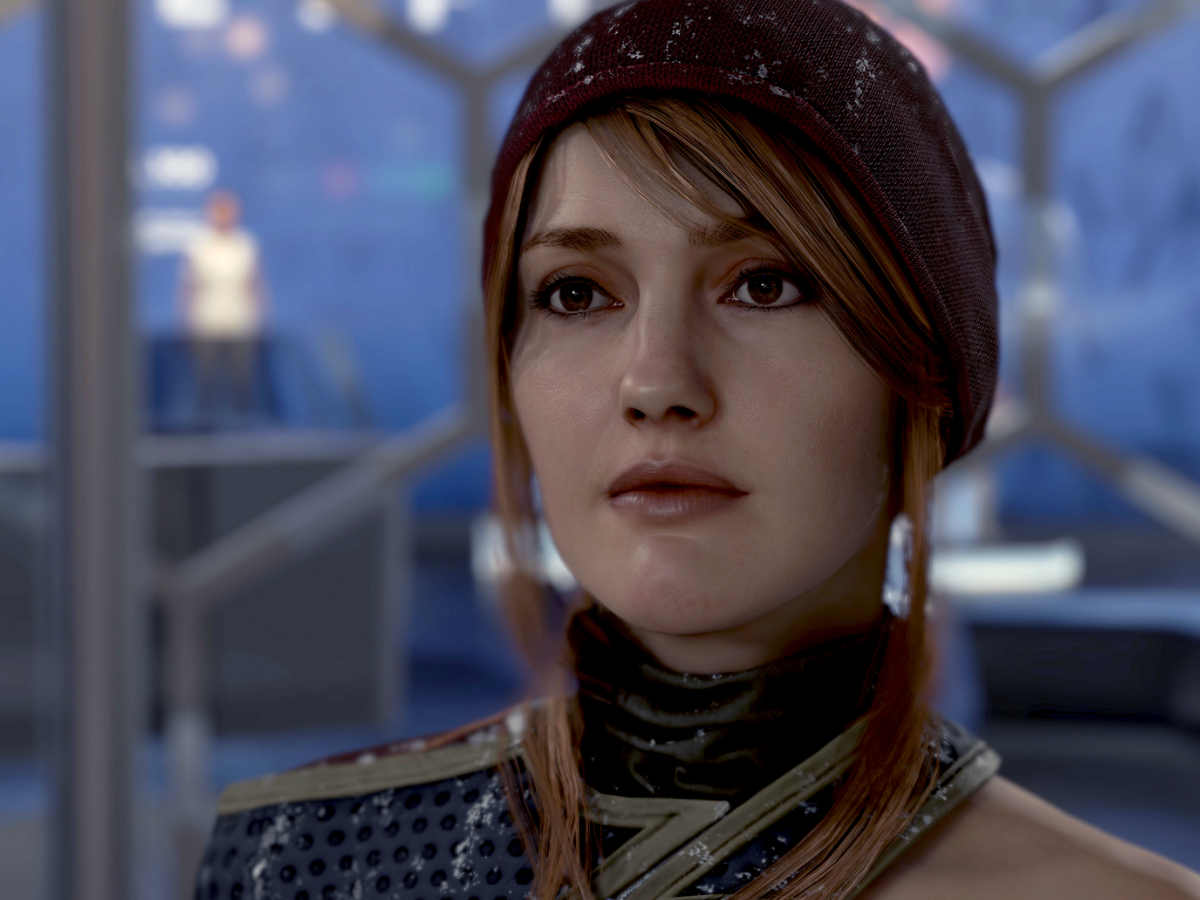
Ready for round two?
Most chapters offer several routes to their conclusions, with all manner of different outcomes laid out as a flow chart once they’re finished – and some of these paths will unlock new scenes for much later in the game. This is, ostensibly, a means to add replay value, the game teasing you with all the scenes you’ve not seen. But whether you’ll really want to go around again to see Connor in a very different light will depend on your enjoyment of Quantic Dream’s stock-in-trade productions, and the narrative adventure genre as a whole.
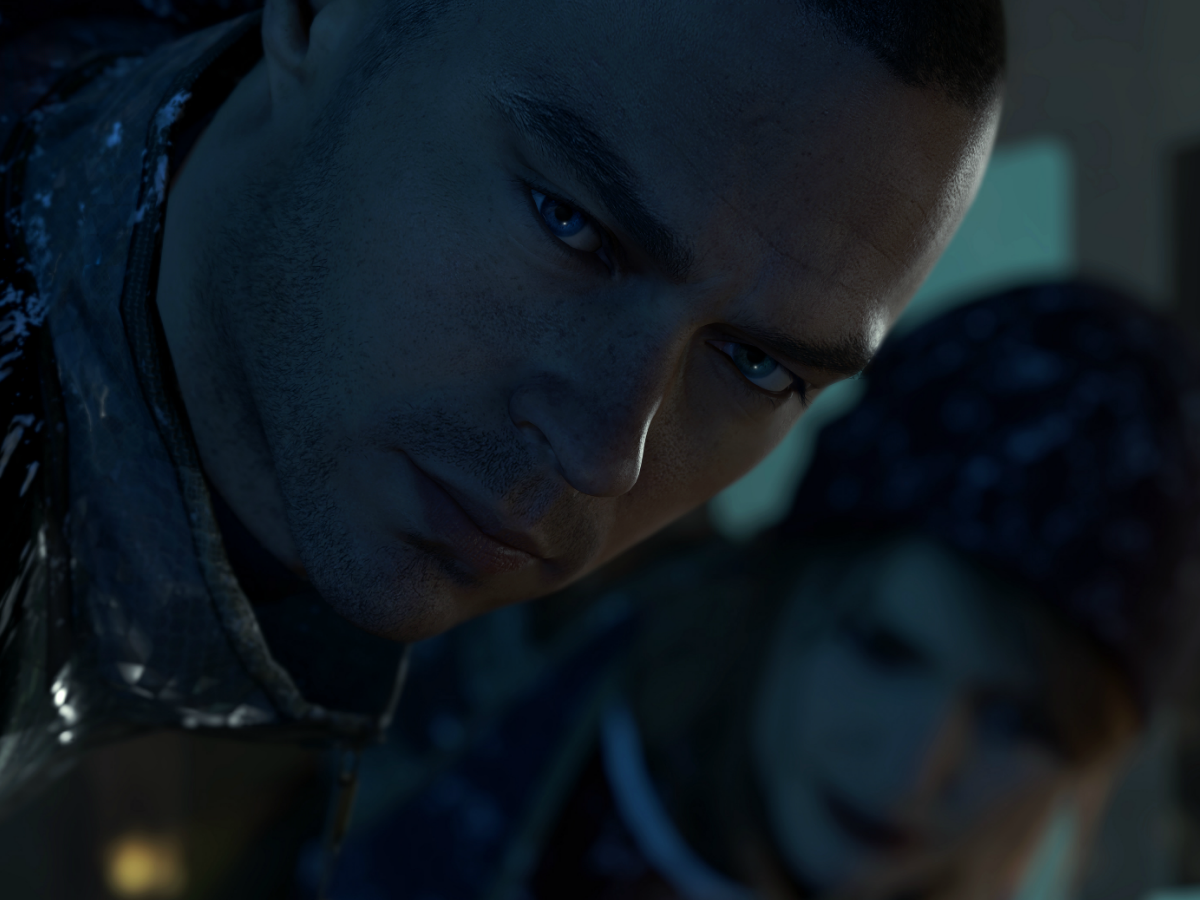
This is the one
There’s really no shame in playing through Detroit just the once, and then checking YouTube for everything you missed. The effect will be much the same. If Detroit’s story had been more original, restarting it for a second playthrough (stick it on casual this time, though, to make your life easier) wouldn’t feel like such a drag. But there’s not one beat here, not one twist, that doesn’t feel telegraphed through a lifetime of watching similar tales told in cinema and television.
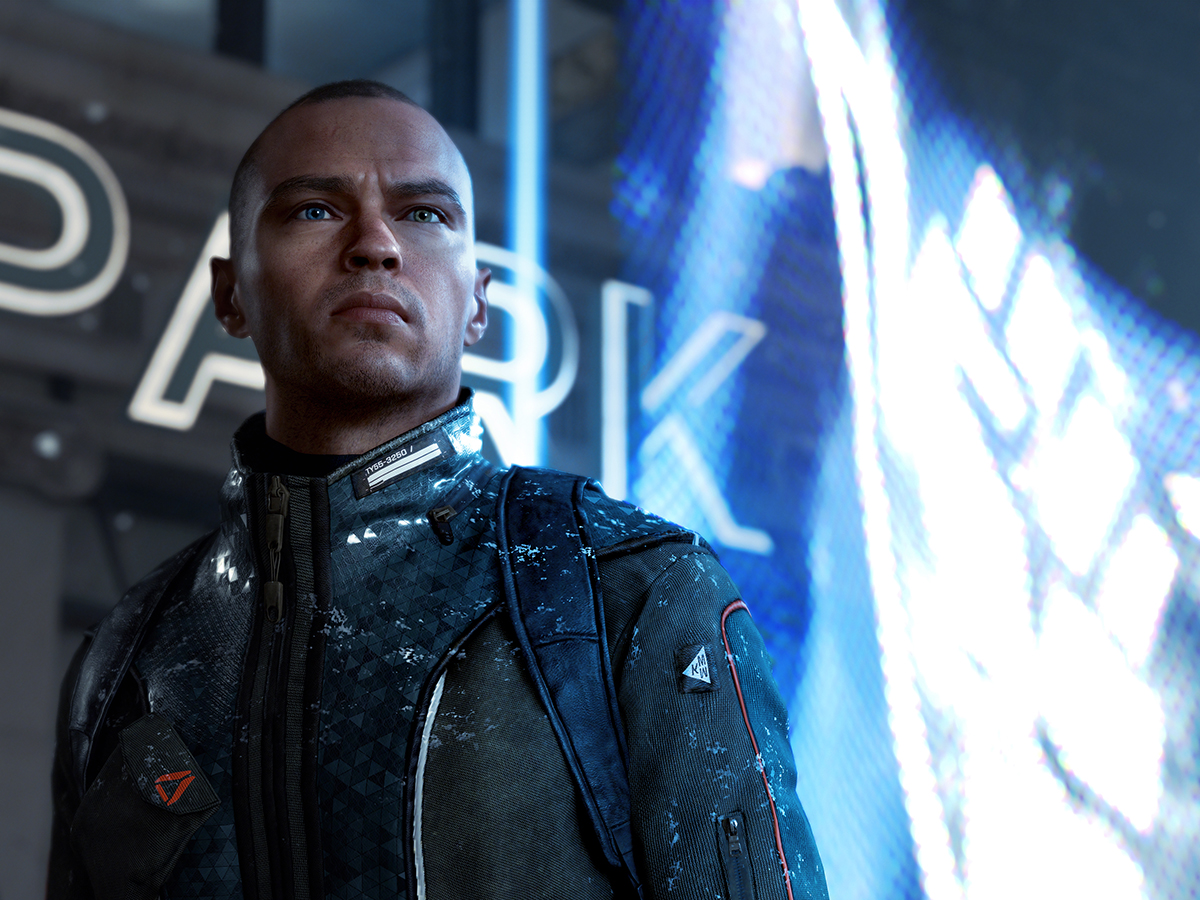
Detroit: Become Human verdict
Upon reaching Detroit’s end credits you’ll likely wonder: would that have been a more effective and engaging experience if concentrated into a considerably shorter motion picture? Almost certainly, yes, it would. Visuals asides it shows no significant progress from Heavy Rain and Beyond: Two Souls, suggesting developer Quantic Dream might just have hit an underwhelming creative ceiling with the genre. Stuff says: ★★★


